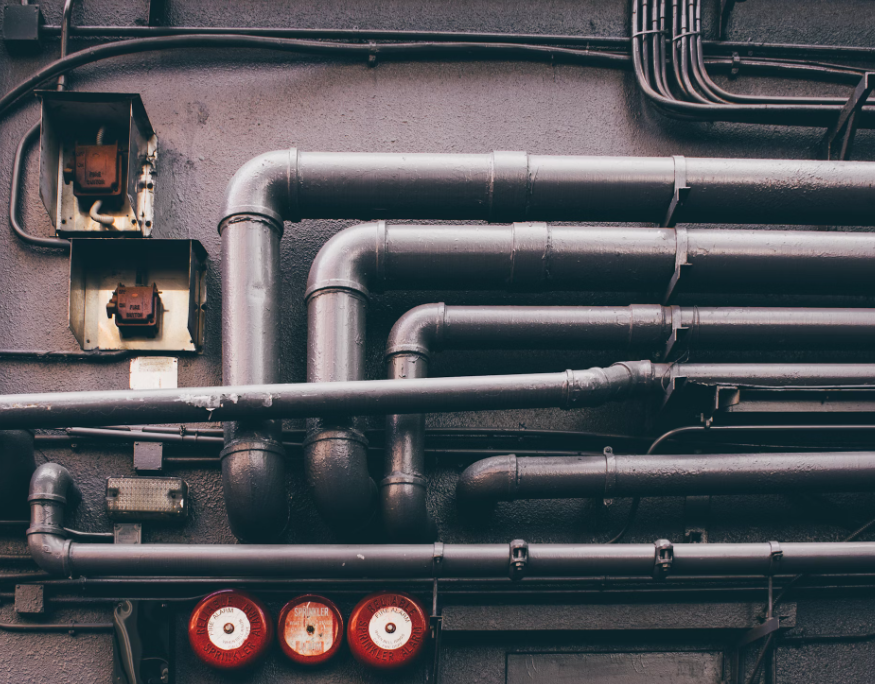
Clear Flow, Lower Bills: How to Improve the Plumbing Efficiency of Your Home
A well-maintained and efficient plumbing system does more than prevent leaks—it saves water, reduces energy costs, and ensures your home runs smoothly behind the scenes. From pipes to appliances, small upgrades and regular care can transform how water flows through your home.
If you’re looking to reduce waste, lower utility bills, and enjoy consistent water pressure, here are key ways to make your home’s plumbing system more efficient.
Upgrade to a Copper Repipe for Long-Term Reliability
If your home has aging or corroded pipes, you’re likely dealing with reduced water pressure, rusty water, or frequent leaks. Replacing old galvanized or polybutylene piping with copper can significantly improve your plumbing efficiency.
Copper repipe systems are durable, resistant to corrosion, and maintain consistent water pressure throughout the home. Not only do they improve water quality, but they also reduce the likelihood of leaks and expensive water damage in the future. It’s a foundational upgrade that pays off in both performance and peace of mind.
See also: Learn All About Snow Rider 3D Classroom 6x
Schedule Regular Water Heater Service
A water heater is often the unsung hero of a household, working hard behind the scenes—but when neglected, it becomes a major energy drain. Annual water heater service ensures that the system is working efficiently and safely.
Technicians can flush sediment buildup, check for leaks, and fine-tune performance. If you have an older model, consider upgrading to a newer, more energy-efficient system. This not only provides more consistent hot water but also reduces the amount of energy used to keep it running. For those looking to maximize efficiency even further, a tankless water heater may be a smart move.
Fix Leaks Promptly, Even the Small Ones
A dripping faucet or a slightly running toilet may not seem like a big deal, but over time, these small leaks waste hundreds of gallons of water. Fixing minor issues quickly can prevent larger problems down the road.
Regularly inspect under sinks, behind appliances, and around your water meter to catch any hidden leaks early. A home free of drips and wasted water is one that runs more efficiently—and more affordably.
Install Low-Flow Fixtures Without Sacrificing Comfort
Today’s low-flow faucets, showerheads, and toilets are designed to use less water without reducing performance. By installing WaterSense-certified fixtures, you can cut your water usage significantly while still enjoying strong water pressure and a satisfying shower.
These upgrades are simple to install and often come with rebates or incentives from local utility companies.
Insulate Pipes to Reduce Heat Loss
Insulating your hot water pipes helps reduce heat loss as water travels from the heater to your faucet or shower. This means you get hot water faster and your system doesn’t have to work as hard. Especially in colder climates, pipe insulation can prevent freezing and burst pipes, adding another layer of protection to your home.
Conclusion
Boosting your home’s plumbing efficiency isn’t just about conserving water—it’s about investing in a smoother, more reliable, and more sustainable lifestyle. Whether you’re scheduling water heater service, upgrading to a copper repipe, or fixing those persistent drips, each step contributes to a smarter and more efficient home. With a little attention and the right improvements, your plumbing system can quietly and efficiently support your home for years to come.
